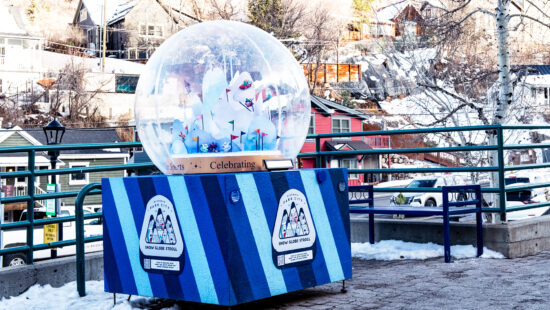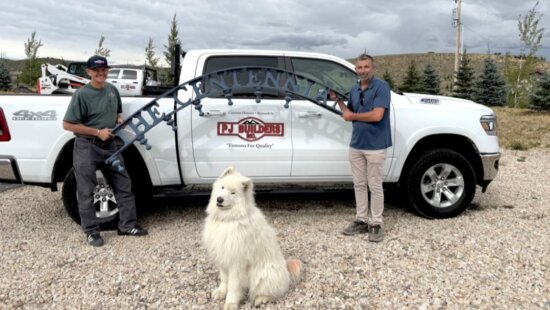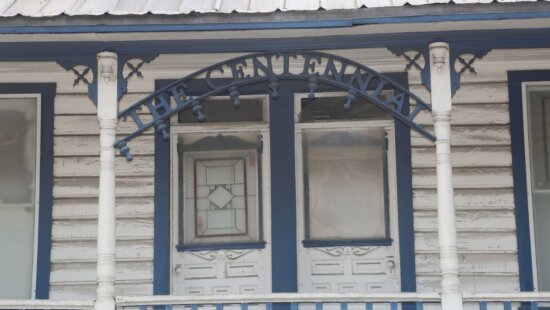History
If the Centennial House walls could talk: miners, ski bums, ghosts, and a new start
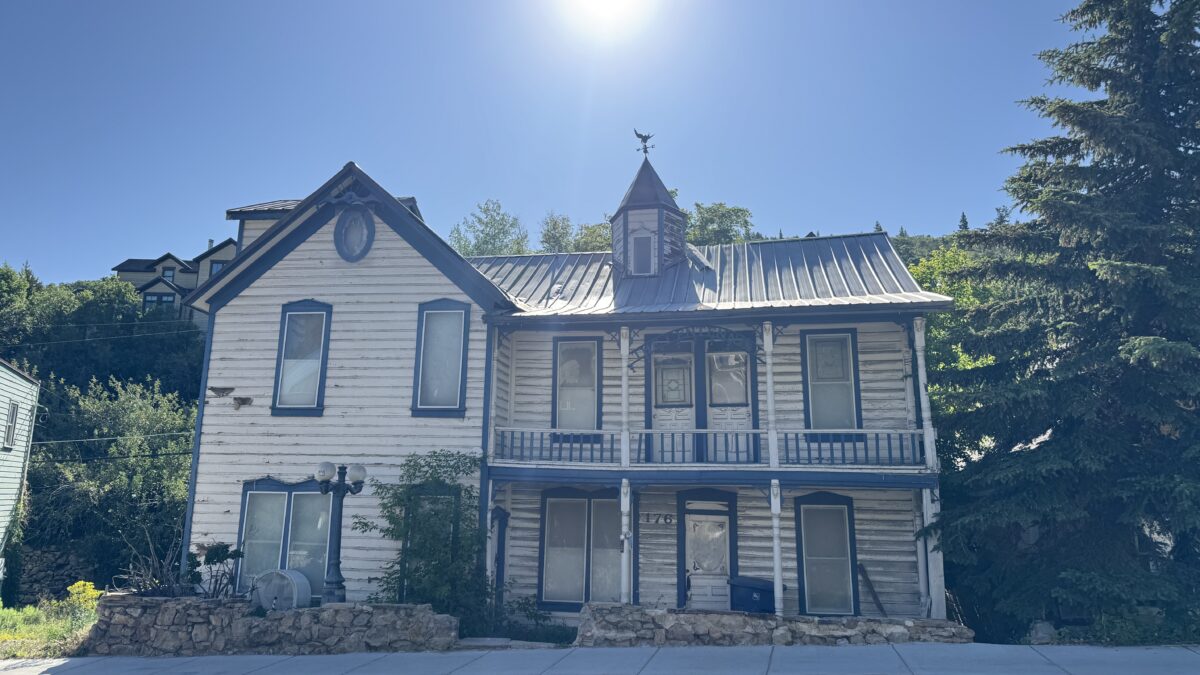
The house, the myth, the legend, in its current form. Photo: TownLift // Meredith Gustman.
PARK CITY, Utah — Long before ski bums and luxury condos, 176 Main Street—better known as the Centennial House—was the site of whispered ghost stories and labor-era unrest. Once a boarding home for miners and now a fixture on the Park City Ghost Tours, the house is rumored to be one of the most haunted in town. Tied to decades of local lore and left untouched for nearly 20 years, the storied home is finally getting a new lease on life, as a major restoration effort breathes new energy into its storied halls.
“We are so excited for this once-in-a-generation historic preservation reconstruction project to revitalize and reconstruct the iconic Centennial House,” said Makenzie Kink Winder, realtor with Windemere Park City.
The Centennial House has been an integral part of Park City since its early mining history, serving as one of the original boarding homes for miners.
Kink Winder also said she and her client were grateful for support from the PC Planning Department, Historic Preservation Board, and many local neighbors in reconstructing the house.
“The home will be restored to its full 1907 former glory and become a beautiful single-family home at the top of Main Street that will be cherished for the next 100+ years,” she said.
The origin of the name “Centennial House” is unclear, and this reporting found no definitive explanation, but the building’s history runs deep.
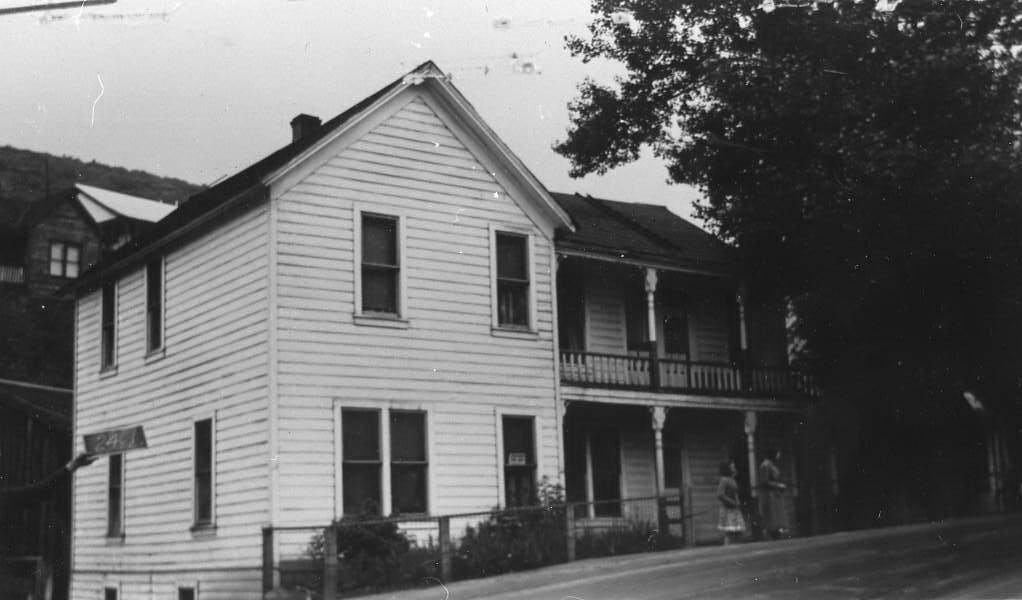
The Beginning
Mining began in Park City in the 1870s, and until 1901, single miners weren’t allowed to live offsite from the mines where they worked. Companies often took advantage of the system, charging miners inflated prices for housing and essentials, deducting fees directly from paychecks. But that changed in 1901 when Utah passed a bill allowing unmarried miners to seek their own housing, setting off a wave of construction along Main Street.
Joseph Durkin was one of the first to capitalize on the opportunity. He built the Centennial House at 176 Main Street in 1901, a two-story boarding house on upper Main, across from where Grappa now sits. Known at the time as the Durkin Boarding House, it operated as a home for miners, while Joseph lived with his family nearby at 22 Prospect Avenue.
Durkin died just two years later, in 1903. It’s unclear whether he passed away at the Main Street boarding house or at his residence on Prospect. His wife, Mary Durkin, died in 1909 after a prolonged illness, this time at the Durkin House. The Park Record described her as “a good woman” and “one of the oldest residents of the Park,” noting that she and her husband had come to town around 1876. Her death is the earliest confirmed inside the house.
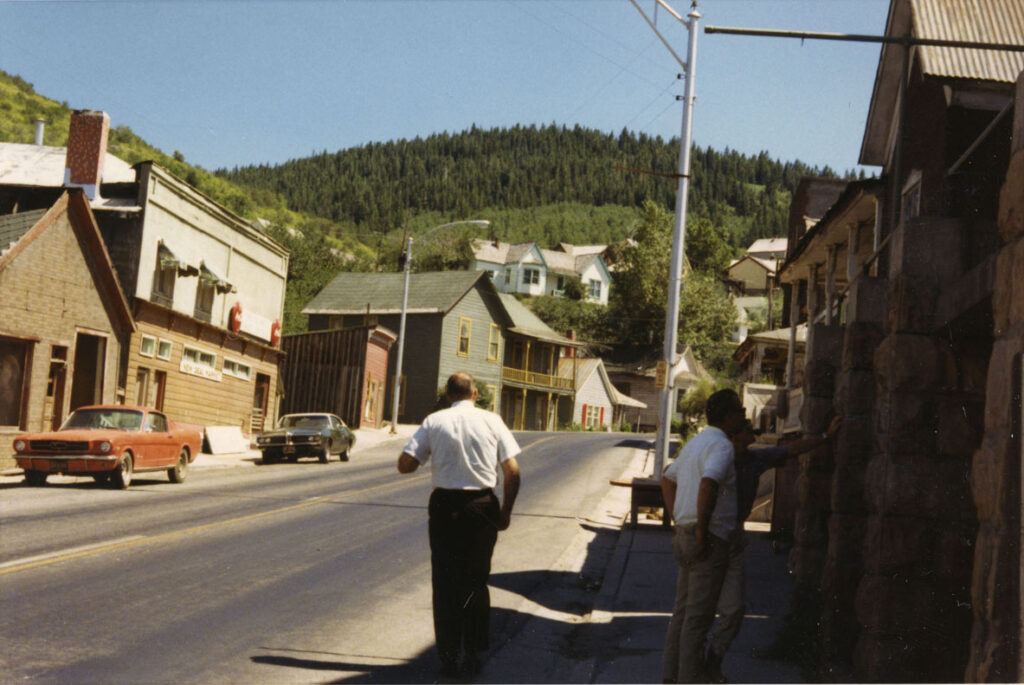
A Long Line of Residents
After the Durkins, the home passed through several hands. Joseph and Assunta Piva ran the boarding house until 1918. D.L.H. Grover, a prominent Chinese-American Parkite, bought the property next. His son, Joe Grover, known locally for graciously not charging rent during the Great Depression, eventually inherited it. In 1930, Grover sold it to Hilda Johnson, who lived in the home until 1964.
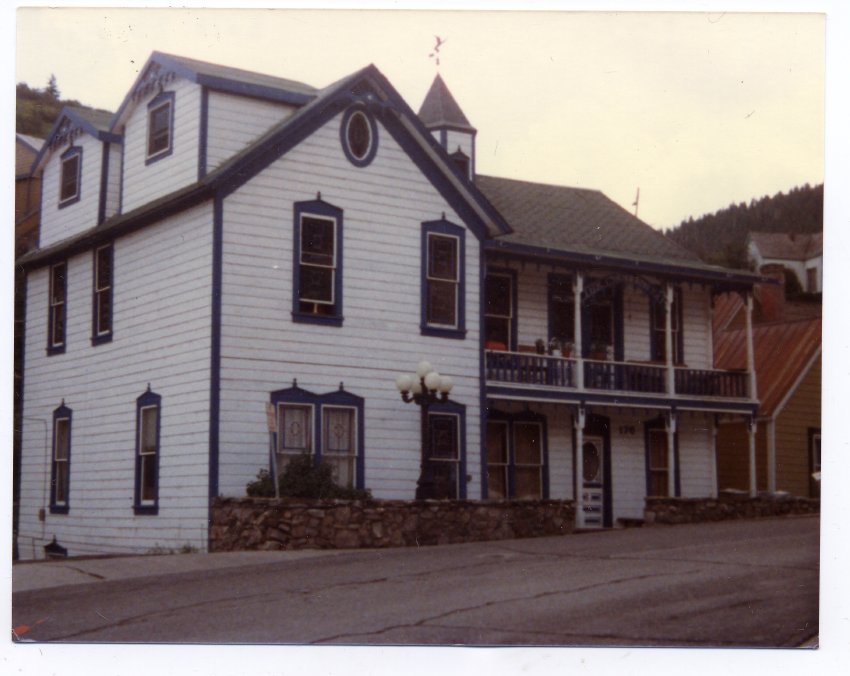
Tragedy, Parties, and Ghosts
By the mid-20th century, the home entered a new era as Park City evolved from a mining town into a ski destination. It became one of the original ski bum houses.
“It was one of the first true ski bum houses,” said Erik Hutchins of Park City Ghost Tours and Info Channel 35 Park City. “These kids would pile in during ski season, sometimes as many as they could fit.”
But with that reputation came another kind of legacy. In September 2003, a man died in one of the apartments. According to the Park Record, police arrested a woman on heroin possession charges, and drug paraphernalia was found at the scene. The man likely died in his sleep, and the state medical examiner investigated a possible overdose.
“I believe there’s been 11 deaths in that house until it was boarded up,” Hutchins said. “Mostly from partying, mostly from combining drugs that shouldn’t go together. I’m guessing alcohol and sleeping pills.”
He’s quick to note that he’s not claiming to be a definitive source. “I want to be as factual as possible, until we get to the ghost story part of the tour,” he said. “I’m not a trained historian. I’m an entertainer. But I’ve definitely fallen in love with the history of this town.”
While those 11 deaths couldn’t be independently confirmed, the home’s reputation still precedes it. And former tenants have stories that keep the legend alive.
“We call it the most haunted house in Park City,” Hutchins said.
Jay “Jaybird” Miller, a former tenant in the upstairs apartment, recalled a dream that quickly turned into something more.
“I had this dream about an old man with a white beard,” he said. “He was telling me about the house, the miners, and Park City. When I woke up, he was standing in the room. Then he walked into the closet.”
The closet, he explained, had never once stayed shut because of the home’s crooked structure. “But this time, the door shut, and it stayed shut for several seconds.”
Miller immediately called his friend, Marin Larson. “She said, ‘Is this about the old man with the white beard that went into the closet and closed the door?’ That was as real as anything. I’ll never forget it.”
Miller also described lights flickering, objects moving, and a general sense that something, or someone, was present. Other tenants reported waking up with a choking sensation, splitting headaches, and hearing footsteps in an otherwise empty house.
Hutchins and participants from the Ghost Tours have reported a cowboy figure appearing in the second story back window, closest to Main Street.
Rebuilding What’s Left
After a flood from Poison Creek in 2003 and years of structural neglect, the home was eventually deemed unlivable and dangerous. Dale Nelson held onto it the longest during its ski apartment era, and Miller jovially remembers Nelson’s business card calling him the “Park City Slumlord.” In 2004, Judy Jackson of Chesa Verda bought the gutted building with hopes of turning it into luxury condos and a restaurant, but the plan never came to life. She sold the property to Mountain Seas Development in 2006.
Now, for the first time in decades, the house is getting a second chance. Kink Winder and her client have spent the past two years working through the city’s approval process to bring the house back, not just as a structure, but as a piece of Park City’s layered history.
All reports and action plans related to the rebuild are available on the Historic Preservation Board’s website: https://parkcityut.portal.civicclerk.com/event/2493/files/attachment/11615.
Whether known as the Durkin House, Centennial House, or just 176 Main, the building is more than just wood and walls. It’s miners and ski bums. It’s death and legend. And for some who’ve lived there, its past might still be just a closet door away.

















